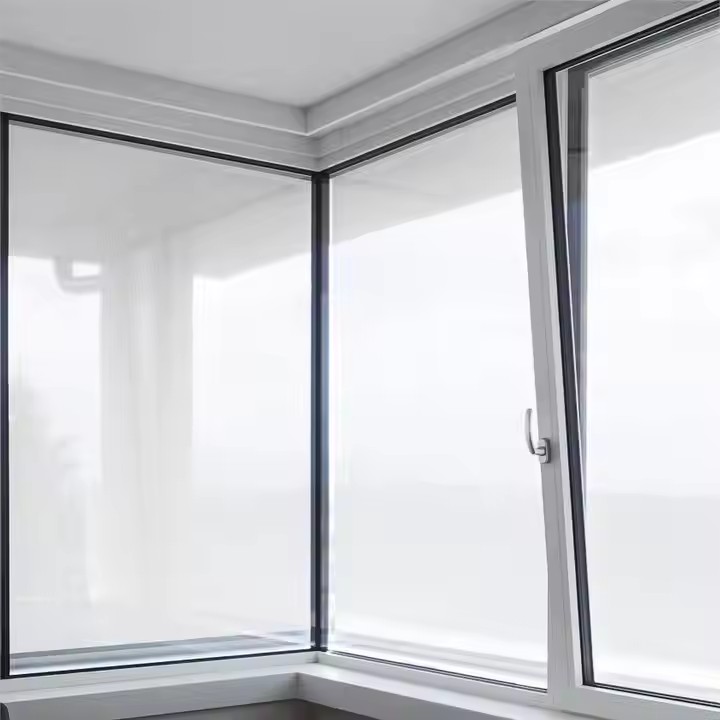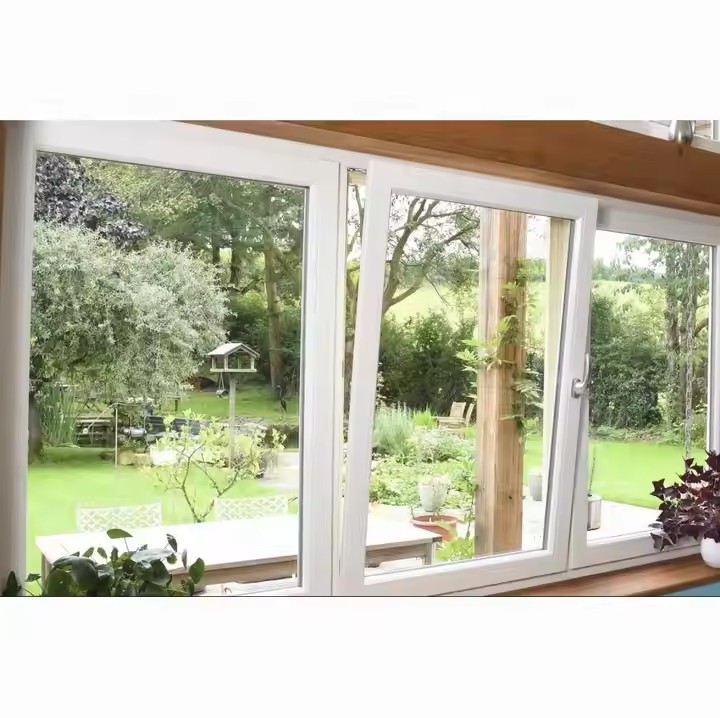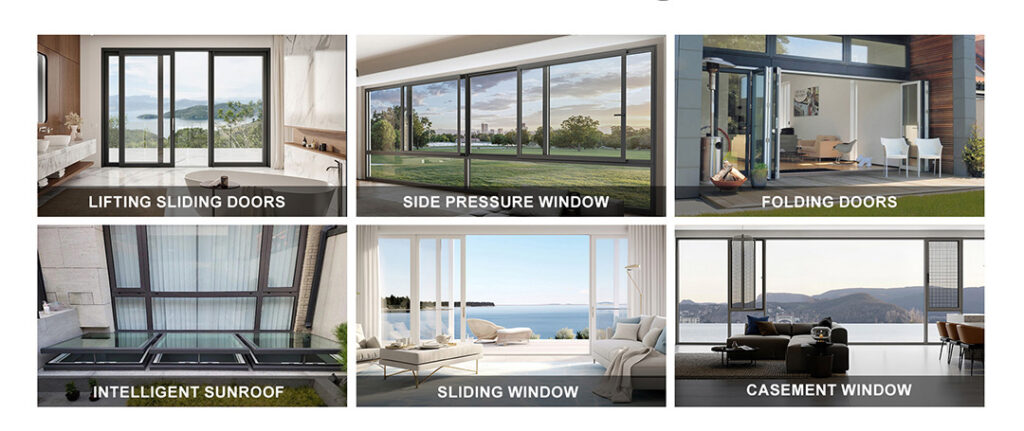I. In-Depth Insights into Market Needs and Trends in Australia
Australia’s vast geography and diverse climate mean that different regions have distinct performance requirements for doors and windows. For example, the northern regions face hot and rainy conditions, making heat insulation and waterproofing crucial. Meanwhile, the southern regions experience cold winters, so thermal insulation is a priority.
At the same time, Australian consumers generally emphasize quality of life, placing high value on aesthetics, safety, and energy efficiency in doors and windows. In recent years, the growing environmental awareness has fueled rapid demand for energy-efficient windows and doors. According to market research reports, the market share of energy-efficient windows and doors in Australia has grown at an annual rate of 8% over the past five years.
Moreover, the smart home concept has gained traction, and smart doors and windows—being an integral part of smart living—hold huge market potential.

From the perspective of home furnishing brands, Australian consumers pursue personalized, high-quality, and stylistically consistent products. They expect doors and windows to align with other home elements, collectively creating a comfortable, stylish, and unique living environment. Therefore, door and window companies must closely track these demands and trends to establish precise collaborations with home furnishing brands.
II. Diverse Cooperation Models
Joint Marketing
Joint marketing is a common and effective model. Door and window companies and home furnishing brands can develop shared marketing plans, integrate resources, and leverage complementary strengths. For instance, they can co-host home renovation exhibitions with joint display zones, presenting integrated home solutions that showcase doors and windows alongside other home products. They can also promote the partnership through social media, retail stores, and other channels to expand visibility. This approach not only enhances brand awareness but also attracts potential customers and boosts sales.
Product Matching Cooperation
This model involves door and window companies customizing products that match the overall style and series of home furnishing brands. For example, if a brand emphasizes modern minimalism, the door and window company could design sleek, streamlined products with matching colors and materials. Such cooperation creates a one-stop shopping experience, satisfying consumers’ desire for stylistic consistency. It also allows both parties to share R&D results, reduce costs, and improve competitiveness.
Strategic Investment and Mergers & Acquisitions (M&A)
For stronger players, strategic investment or M&A provides a deeper form of collaboration. A door and window company could invest in or acquire a home furnishing brand, enabling resource integration and synergistic development. For example, through acquisition, a door and window company could gain access to the brand’s sales channels, customer base, and brand equity, while the home furnishing brand could benefit from advanced production technologies and R&D capacity. However, such partnerships require thorough research and strategic evaluation to ensure win-win outcomes.

III. Key Success Factors
Alignment of Product Quality and Brand Image
Quality is the foundation of collaboration. Both door and window products and home furnishings must meet high standards to earn consumer trust. Additionally, brand positioning should be compatible. If a home furnishing brand is positioned as high-end or luxury, the partnering door and window company must also deliver premium-quality products to maintain consistency in brand image.
Efficient Communication and Coordination
Effective communication mechanisms are essential. Both sides should establish regular meetings to share market insights, R&D progress, and customer feedback. Responsibilities must be clearly defined, and close collaboration should occur across design, production, and sales stages. For instance, during the design phase, design teams from both companies should jointly participate to ensure stylistic consistency and complementary functionality.
Compliance with Local Regulations and Standards
Australia enforces strict regulations and standards for building products, including doors and windows. Any collaboration must ensure products meet entry requirements in areas such as safety and energy efficiency. Non-compliance could hinder sales and even lead to legal risks, undermining both parties’ interests.
IV. Systematic Planning of the Cooperation Process
Identifying the Right Partner
Door and window companies can explore opportunities at home furnishing expos, through market research, or via industry associations. When screening potential partners, factors such as market influence, product style, brand image, and sales channels should be considered. Companies should also present their strengths proactively to attract attention from potential partners. Reputation and brand compatibility should also be critical factors in the decision-making process.

